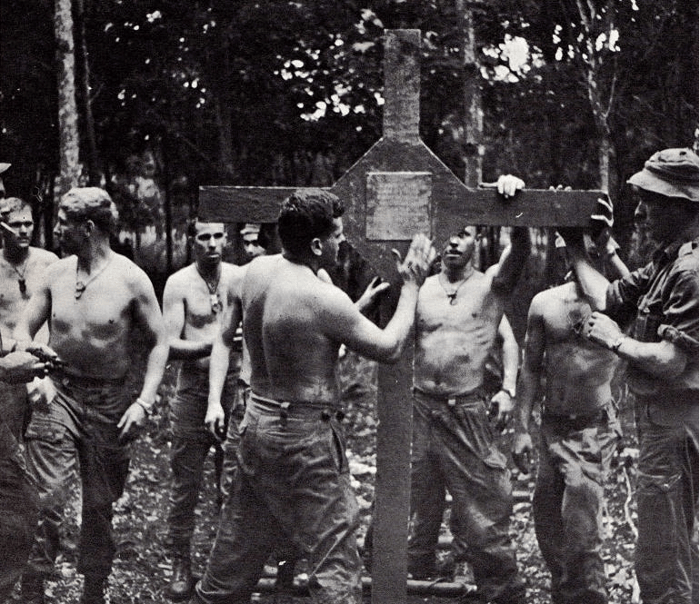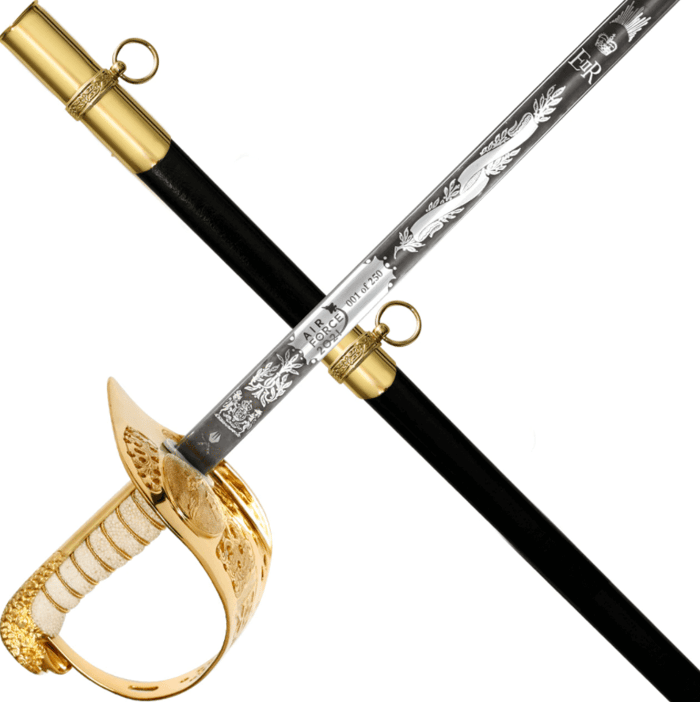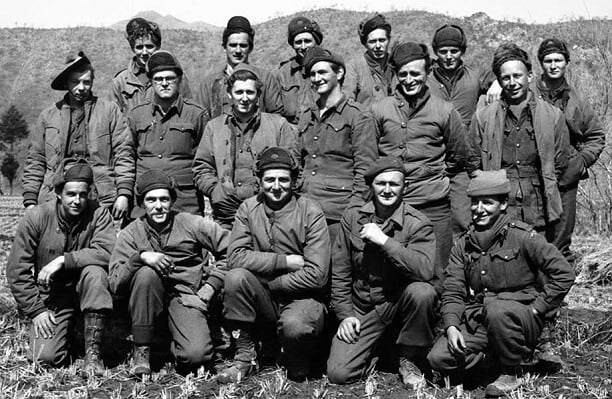
Australia in the Korean War, Remembering Our Veterans
Five years after the end of the Second World War, Australians from across the services became involved in the Korean War.
The conflict was a bloody theatre in the early stages of the Cold War, officially taking place between 1950-1953. The conflict came to an uneasy end when an armistice was signed on the 27th of July, 1953, keeping the Korean Peninsula divided along the 38th parallel.
Beginning in the early hours of the 25th of June 1950, this intense and devastating three-year conflict began as the Korean People’s Army (KPA) launched a massive offensive into South Korea along the 38th Parallel.
Australia became the second country to commit personnel from across the services to the war as part of the 930,000-strong United Nations Force that was raised to repel the North Korean, Soviet, and Chinese aggression in the South of the Peninsula. More than 17,000 Australians from all three services were sent to Korea, where 340 were killed and over 1,216 wounded. 29 Australians became prisoners of war during the period.
As part of the commitment to the British Commonwealth Occupation Force in Japan, Australia had two deployable Royal Australian Navy vessels, HMAS Shoalhaven and HMAS Bataan, along with No.77 Squadron RAAF ready to be committed. The RAN assets were committed on June 28th by Prime Minister Robert Menzies, and No.77 Squadron was also committed several days later. By July 26, 3RAR was committed to ground operations.
Australians were involved in decisive moments during the conflict, including at Kapyong, where 3RAR and other Commonwealth units halted the advance of Chinese forces towards the southern capital of Seoul. For the collective heroism displayed during this action, the Battalion was awarded the United States Presidential Unit Citation.
Australia’s reputation for patrolling and raising, previously established during the First and Second World Wars, was furthered by the efforts of the men of 1RAR, 3RAR, and later 2RAR, who quickly established themselves as a formidable force during the middle stages of the war in 1952 and through to the later stages in 1953.
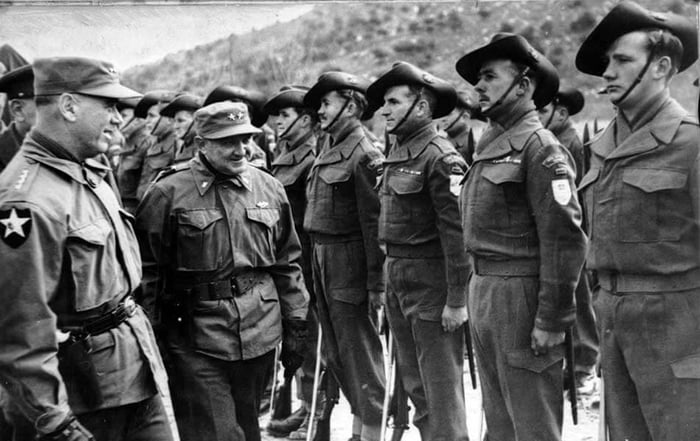
General Van Fleet, General Officer Commanding, 8th US Army (far left) inspects members of the 3rd Battalion (3RAR), when bestowing the Presidential citation in recognition of the Unit’s action at Kapyong, Korea. US Major General John W O’Daniel is to Van Fleet’s left. Image source: Australian War Memorial
Australians continued to serve in Korea until 1957 as part of the multi-national peacekeeping force, helping to enforce the tenuous peace achieved in July 1953. Some 43 Australians are still listed as missing in action.
The Korean peninsula remains a focal point of international politics, and we continue to commemorate the service and sacrifice of all Korean War veterans on Korean Veterans’ Day on July 27th.
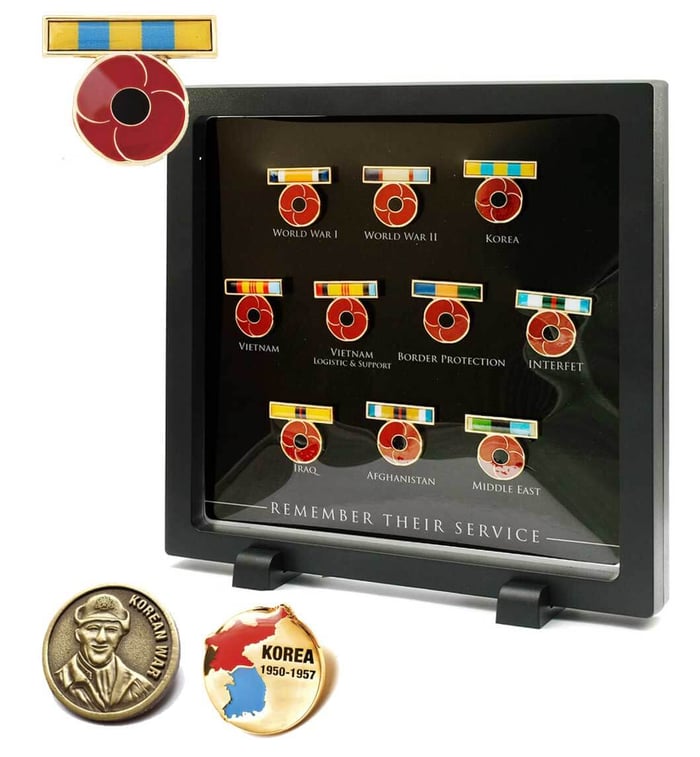
Join us in commemorating Korean Veterans’ Day on July 27th this year. Find pins and badges to help you commemorate on the Military Shop today.







